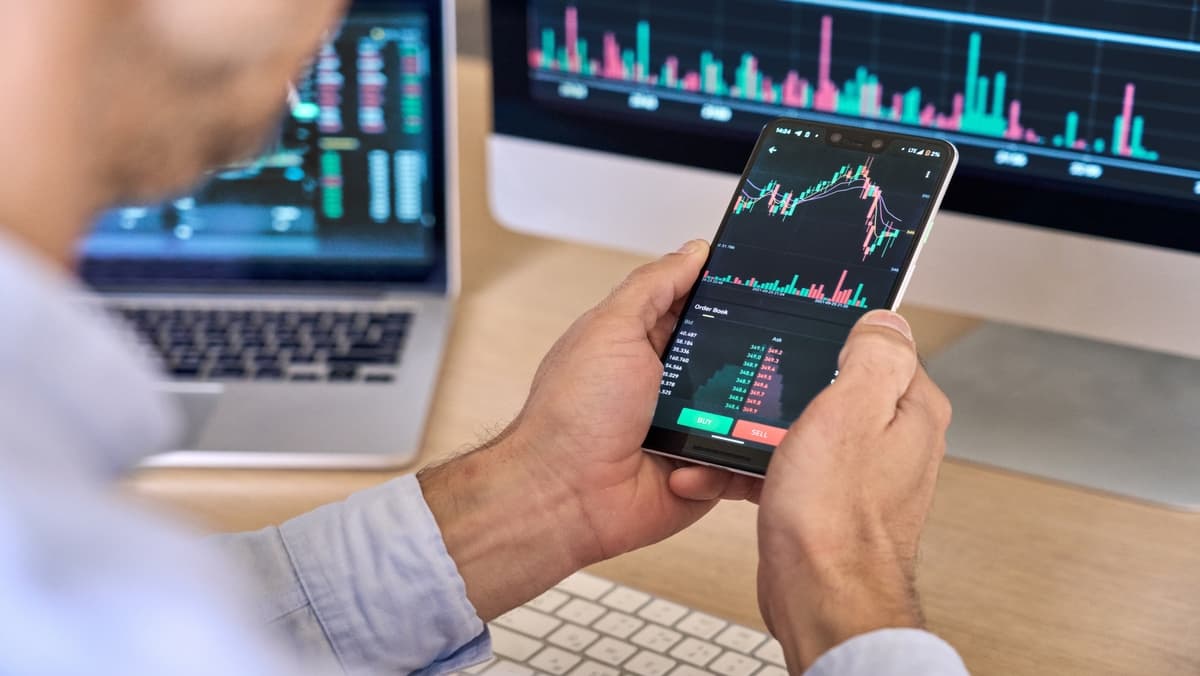
What is a trading status: Understanding your trading account status is crucial for managing your trading activities effectively.
It helps you stay informed about the current state of your account, open positions, transaction history, and overall performance. This guide explains what a trading account status is, how to check your open positions and transaction history, ways to monitor your trading account status, and answers frequently asked questions to help you navigate the process with clarity.
Your trading account status is a snapshot of your current financial and trading activities within your account. It provides essential information such as:
This status allows you to monitor your trading activity and make informed decisions. It reflects how your trades are performing, the liquidity of your account, and whether you need to adjust your strategies or fund your account further.
Open Positions refer to trades that you have entered but have not yet closed. Monitoring these positions is vital because they represent your current exposure to the market.
Accessing Open Positions: Most trading platforms feature a dedicated section or tab labeled “Open Positions” or “Positions.” Here, you can view details such as the instrument traded, the quantity, entry price, current market price, unrealized gains or losses, and stop-loss or take-profit levels.
Why Monitor Open Positions? Keeping an eye on these positions lets you manage risk effectively and decide when to close or adjust trades based on market conditions.
Transaction History provides a detailed record of all your account activities, including:
You can usually find this information under sections named “History,” “Account Statement,” or “Reports.” This record helps you track your trading behavior, verify transactions, and reconcile your account.

Checking your trading account status can be straightforward if you know where to look. Here are the common steps:
Step 1: Log Into Your Trading Platform
Start by logging into your trading platform or broker’s website using your credentials. Most platforms require secure login to protect your account information.
Step 2: Navigate to the Account Summary or Dashboard
After logging in, look for an overview page often called “Account Summary,” “Dashboard,” or “My Account.” This page typically displays your current balance, margin status, buying power, and other relevant details.
Step 3: Review Open Positions
Locate the “Open Positions” section to see your active trades. Review each position’s details to understand your current market exposure.
Step 4: Access Transaction History
Find the transaction history or account activity tab. You can filter this information by date, instrument, or transaction type to get a detailed view of your past trades and account movements.
Step 5: Use Mobile Apps
Many brokers offer mobile applications that allow you to check your account status on the go. These apps often provide the same information as the desktop platform and can send notifications about relevant changes or alerts.

Your trading account status is a vital tool to maintain awareness of your trading activities and financial position. It includes information about open trades, available funds, margin requirements, and transaction records. By regularly checking your account status, you can manage your exposure, respond to market changes, and ensure your trading aligns with your goals. Most platforms provide easy access to this information through dashboards, open positions tabs, and transaction histories. Being proactive in monitoring your account helps you stay in control and make informed trading decisions.
(1) How Can I Check My Trading Account Status?
You can check your trading account status by logging into your trading platform or broker’s website and navigating to the account overview or dashboard. From there, review your open positions and transaction history. Many platforms also offer mobile apps for convenient access anytime.
(2) Why Is It Important to Monitor My Trading Account Status?
Monitoring your trading account status helps you understand your current market exposure, manage risk effectively, and track your trading activity. It ensures you are aware of your available funds, margin requirements, and any changes that might affect your ability to trade.
(3) What Should I Do If My Trading Account Status Shows Unexpected Changes?
If you notice unexpected changes in your account status, such as unfamiliar trades, withdrawals, or margin calls, contact your broker or platform support immediately. Review your transaction history carefully to identify the cause, and consider enhancing your account security measures like changing passwords or enabling two-factor authentication. Staying vigilant helps protect your account and finances.
By keeping a close eye on your trading account status and understanding how to access and interpret this information, you can maintain better control over your trading activities and respond quickly to market developments.
Risk Warning: this article represents only the author’s views and is for reference only. It does not constitute investment advice or financial guidance, nor does it represent the stance of the Markets.com platform.When considering shares, indices, forex (foreign exchange) and commodities for trading and price predictions, remember that trading CFDs involves a significant degree of risk and could result in capital loss.Past performance is not indicative of any future results. This information is provided for informative purposes only and should not be construed to be investment advice. Trading cryptocurrency CFDs and spread bets is restricted for all UK retail clients.